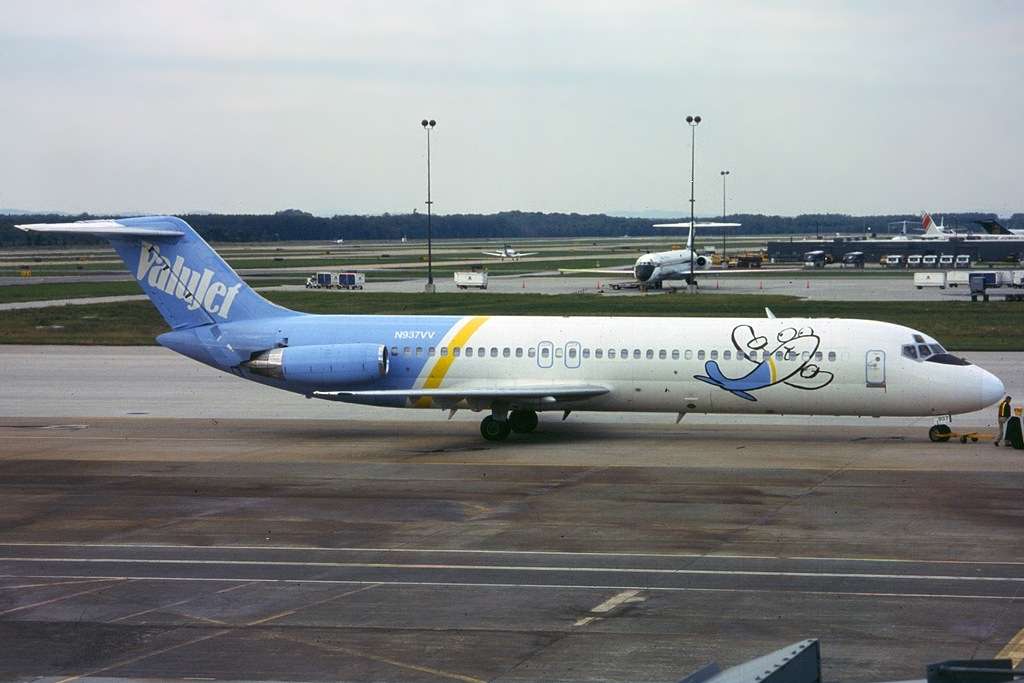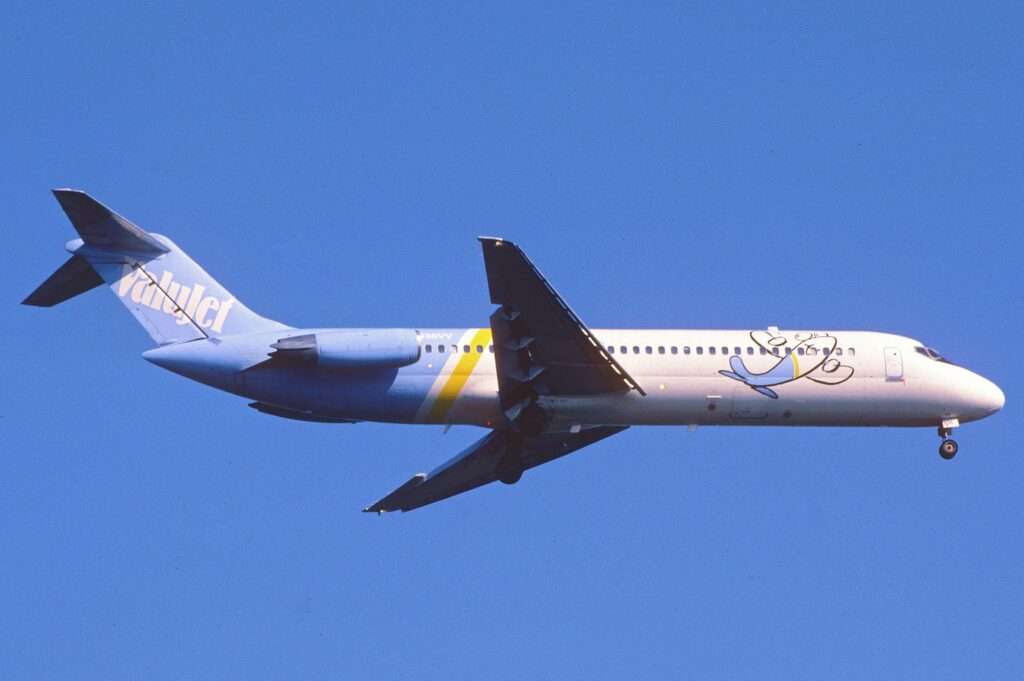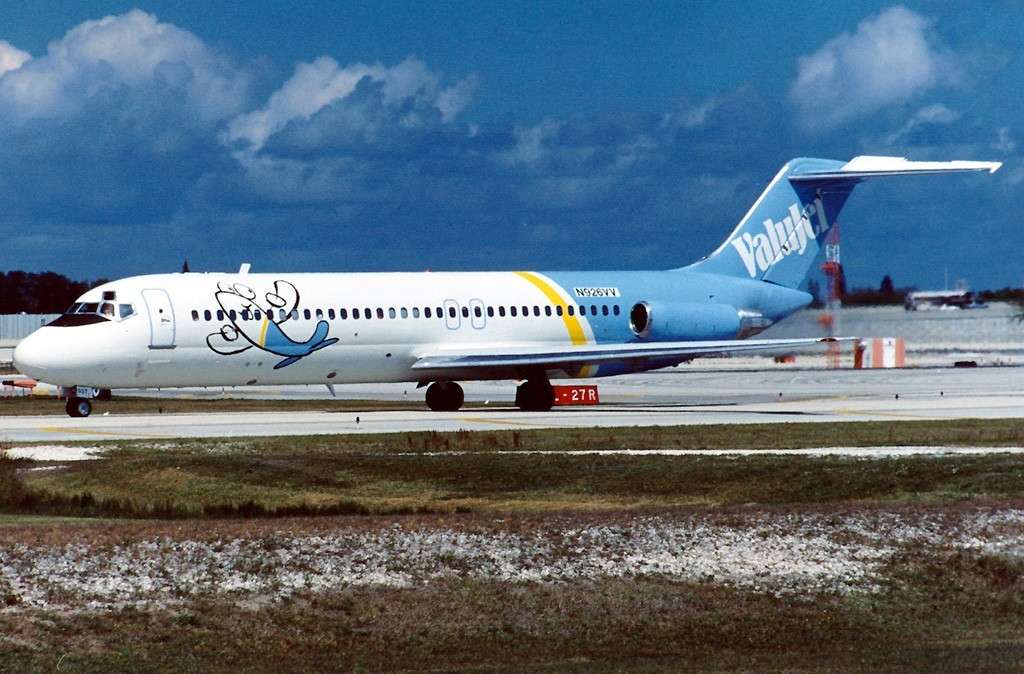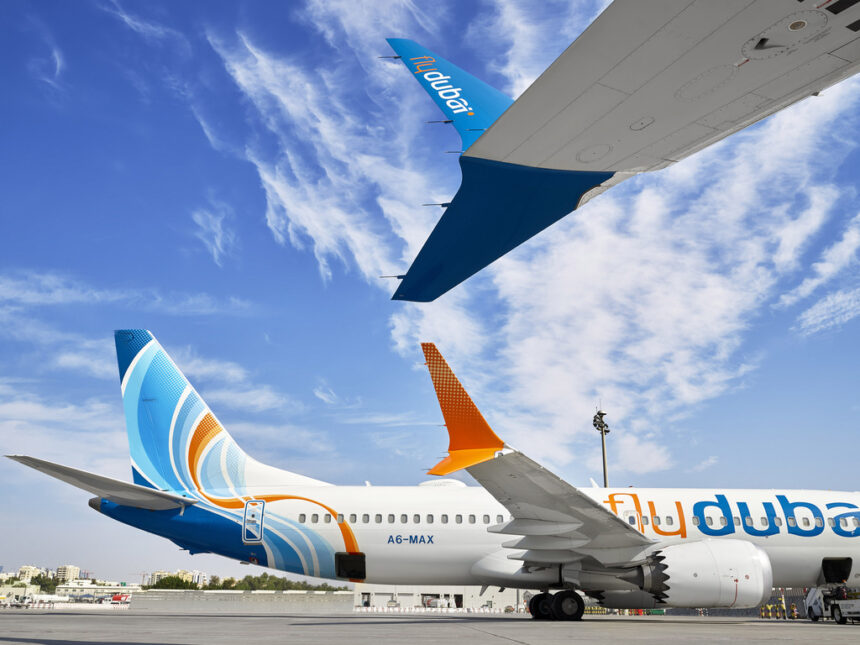ValuJet Airlines Flight 592, a McDonnell Douglas DC-9 scheduled to travel from Miami to Atlanta, plunged into the Florida Everglades just ten minutes after takeoff nearly 30 years ago.
On May 11, 1996, a seemingly ordinary Sunday afternoon flight turned into a devastating tragedy.
The cause? A fire in the cargo hold that quickly spiraled out of control, claiming the lives of all 110 people on board.
A Troubled Airline and a Delayed Flight

ValuJet, a low-cost carrier established in the early 1990s, had already garnered a reputation for cutting corners on safety measures.
This troubled history cast a long shadow over Flight 592, as the aircraft itself experienced a one-hour and four-minute delay due to electrical problems before even leaving Miami.
Furthermore, this initial setback foreshadowed the catastrophic events to come.
A Fatal Cargo and a Fiery Descent
The source of the fire that doomed Flight 592 was improperly stored hazardous materials in the cargo hold.
A subcontractor for ValuJet maintenance, SabreTech, had placed expired chemical oxygen generators in the compartment.
These canisters, used for emergency breathing equipment, were highly flammable and posed a significant safety risk.
Furthermore, the consequences of this negligence became tragically clear shortly after takeoff.
Passengers began to smell smoke, and the pilots experienced a loud bang followed by a rapid loss of electrical power.

The fire, fueled by the oxygen generators, quickly engulfed the cargo hold and began to spread through the aircraft.
With limited visibility and control over the plane, the pilots desperately attempted to return to Miami.
The cockpit voice recorder captured the harrowing moments as the crew struggled to manage the emergency.
Passengers’ screams of “fire, fire, fire” echoed through the recording, a chilling testament to the panic and chaos onboard.
Furthermore, despite the pilots’ valiant efforts, the fire’s intensity rendered the aircraft uncontrollable.
Witnesses reported seeing the DC-9 in a steep dive before it crashed into the swampy expanse of the Everglades.
There were no survivors.
The Aftermath: Investigation and Reform
The devastating crash of ValuJet Flight 592 sparked a meticulous investigation by the National Transportation Safety Board (NTSB).

The inquiry revealed the chain of events that led to the disaster, placing blame squarely on ValuJet’s lax safety procedures and SabreTech’s mishandling of hazardous materials.
Furthermore, in the wake of the tragedy, significant changes were implemented to improve airline safety.
The Federal Aviation Administration (FAA) mandated the installation of fire suppression and detection systems in cargo compartments of existing and future passenger aircraft.
Additionally, stricter regulations were established regarding the transportation of hazardous materials on commercial flights.
The ValuJet Flight 592 disaster serves as a stark reminder of the importance of prioritizing safety in the aviation industry.
Furthermore, the loss of 110 lives exposed the devastating consequences of cutting corners and failing to adhere to established safety protocols.
The reforms implemented in the aftermath of the crash continue to have a lasting impact, ensuring a safer environment for air travel.
Beyond the Headlines: The Human Cost of the Crash
While the technical causes of the crash are crucial to understanding the event, the human cost of ValuJet Flight 592 is equally significant.
The tragedy claimed the lives of 105 passengers.
Many of the passengers were traveling for business or leisure, and five crew members.
Furthermore, the families of the victims were left to grapple with the sudden and immense loss of their loved ones.
The emotional toll of the crash extended far beyond the immediate circle of those who perished.
Overall, the aviation industry as a whole was deeply affected, with ValuJet facing severe financial repercussions and a tarnished reputation.
The crash became a turning point, forcing the industry to re-evaluate its safety practices and prioritize passenger well-being.
In conclusion, the story of ValuJet Flight 592 serves not only as a cautionary tale about the dangers of prioritizing profit over safety but also as a poignant reminder of the human cost associated with aviation accidents.

Click the banner to subscribe to our weekly newsleter.

Click the photo to join our WhatsApp channel so then you can stay up to date with everything going on in the aviation industry!









